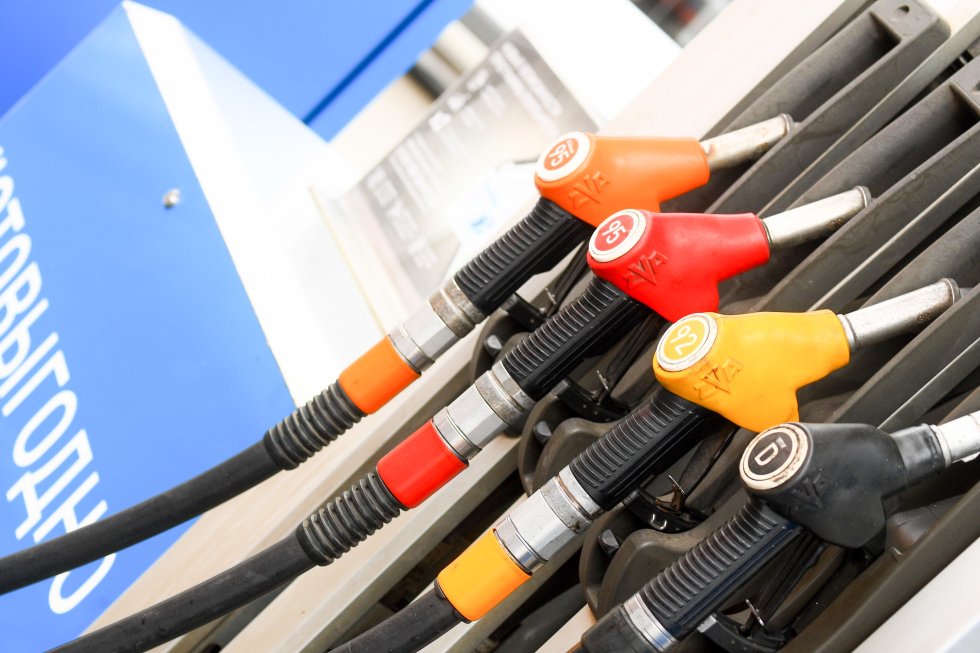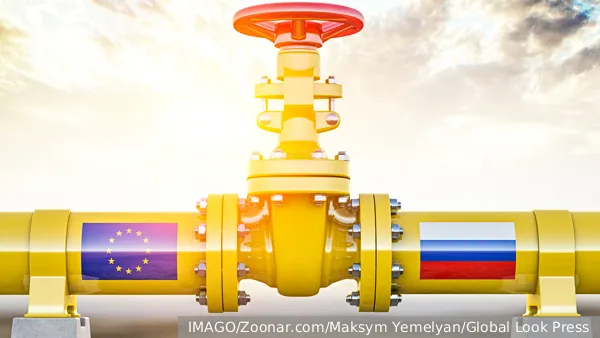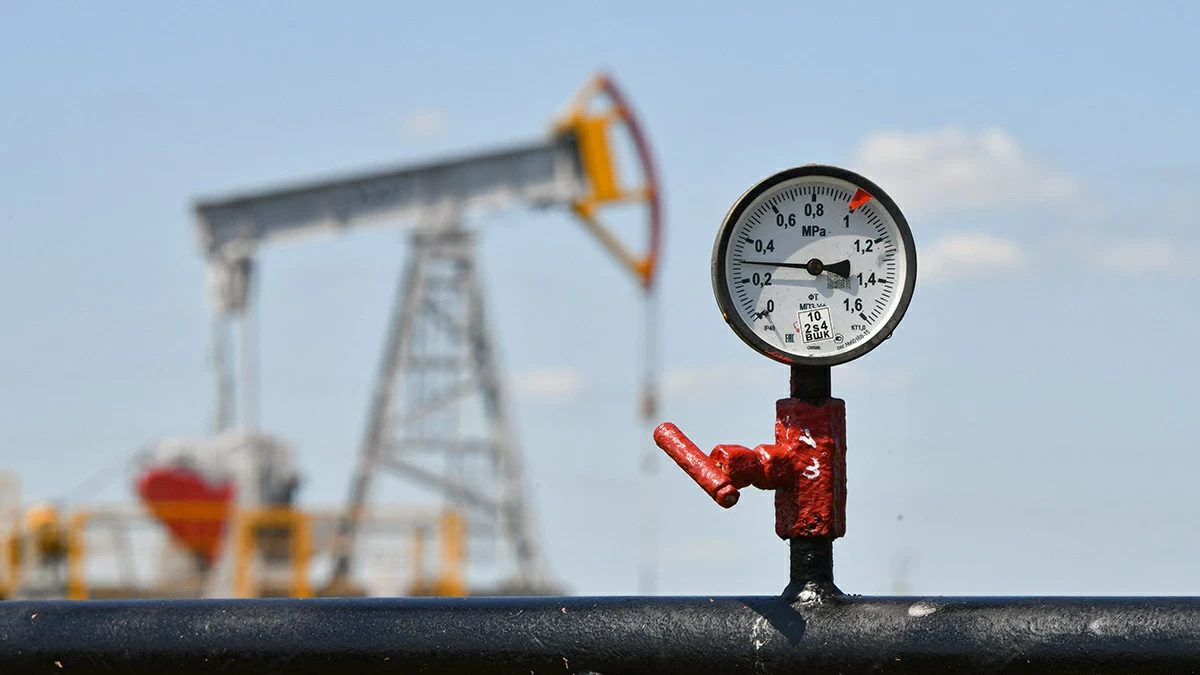However, the calm is only an illusion; during the same week, the price of diesel fuel (DT) rose by 51 kopecks, with a total increase of 1 ruble and 47 kopecks (1.7%) over the last four weeks. Since the beginning of the year, diesel fuel has increased by 6.1%, exceeding the consumer inflation rate for the same period (5.23%). Gasoline had already surpassed this threshold in July, and by November 5, the average price increase for gasoline more than doubled the inflation rate (12.1%).
This year, gasoline prices may break the record for increases since 2019, the year when a damping mechanism (budget subsidies to oil producers for supplying fuel to the domestic market) was introduced. At that time, the government established a "gentlemen's agreement" with oil companies, stating that filling station prices should not rise above the annual consumer inflation rate.
Last year, gasoline prices already exceeded the annual consumer inflation rate by 1.6% and are likely to surpass this rate again this year. Since 2019, the government has repeatedly adjusted the parameters of the damping mechanism, typically reducing payments to oil companies. This year, during the peak of the gasoline crisis, a decision was made to temporarily suspend the nullification of damping payments (when market prices exceed set limits), marking a step toward industry support. It is likely that this decision, combined with a seasonal decline in demand, impacted the market, leading to a halt in the price increases at filling stations.
Two main questions now arise regarding gasoline that concern everyone: how long will the market calm last, and can retail gasoline prices drop by the end of the year? In terms of diesel, there are also two intriguing questions: for how long will it continue to rise, and by how much?
The halt in retail gasoline price growth followed a decline in its exchange quotes from historical highs. The AI-92 grade decreased by 16.5% wholesale, while AI-95 fell by 8.3%. Nevertheless, at the peak of the price surge, their quotes had increased by 43.7% for AI-92 and 49.6% for AI-95 since the start of the year. Thus, relative to these values, the decrease in quotes was minimal.
The main factor that could impact retail and wholesale fuel prices is the increase in production at refineries.
According to Yury Stankevich, Deputy Chairman of the State Duma Committee on Energy, the volatility of gasoline exchange prices in 2025 can indeed be described as unique compared to recent years. The reason stemmed from unforeseen events in the latter half of the year (shutdowns of refineries due to drone strikes). The decline in exchange prices will primarily affect the financial situation of independent filling stations (not owned by major oil companies, constituting about half of the filling stations in Russia). Retail prices at these stations differed from vertically integrated oil companies’ stations (which manage the entire production cycle, from oil extraction and refining to retail fuel sales) by 10-20 rubles. A reduction in prices is thus anticipated, as emphasized by Stankevich from the Federal Antimonopoly Service of Russia.
Analyst Sergey Kaufman from Finam believes there might be some price reduction for gasoline at independent filling stations as their margins move into the positive range. However, significant price reductions will not occur at vertically integrated oil company stations. While the wholesale market situation has softened, it remains challenging. Moreover, since July, filling station margins for gasoline sales were in the negative zone, which may compel them to keep prices high to offset previous losses, the expert clarifies.
Dmitry Gusev, Deputy Chairman of the Expert Council of the "Reliable Partner" Association and a member of the expert council for the "Filling Stations of Russia" competition, believes that retail gasoline prices will not decline as they are already at the minimal possible level. As long as fuel prices are linked to inflation, expectations for reductions are ill-founded; a programmed price increase is in play. Alternatively, a general deflation in the country could shift the narrative, which would then be an issue for the Central Bank.
From the perspective of Mark Shumilov, an analyst in the resource sectors at Renaissance Capital, the main driver for normalizing gasoline prices remains the restoration of fuel production at refineries after maintenance. Following this, gasoline prices at filling stations could stabilize at more comfortable levels.
The situation with diesel is somewhat different. Kaufman notes that in Russia, the transition to winter diesel is traditionally challenging, resulting in distinctly seasonal price increases for diesel fuel. Currently, the seasonal factor is compounded by reduced oil refining volumes due to attacks on refineries. The expert suggests that price pressure on diesel may remain elevated for another 2-2.5 months, forecasting an overall increase in diesel prices of around 8.5-9.5% for the year.
However, one could argue that the production of gasoline, which in Russia has always exceeded domestic demand by only 12-15%, is largely affected by drone attacks on refineries. In contrast, diesel production nearly doubles the domestic demand, and even under the most pessimistic estimates from Western agencies, no more than 30% of our refining capacities were affected by drone strikes. Additionally, the export of diesel to non-producers (traders) is temporarily banned. This means that even now, more diesel is being produced than is needed for the domestic market. Typically, price increases for diesel slow down and eventually stop by early December.
According to Sergey Tereshkin, CEO of the OPEN OIL MARKET petroleum marketplace, autumn is traditionally a busy season for the diesel market. The main consumer of diesel fuel is freight transport, which transitions to winter diesel at the end of the year. Therefore, in October and November, market expectations for diesel price increases tend to form, even in the context of ample refining capacities in the Russian market. Given the recent trends, the increase in diesel fuel prices for 2025 could reach 9%, surpassing the inflation rate, which is unlikely to exceed 8% for the year, the expert concludes.Source: RG.RU




